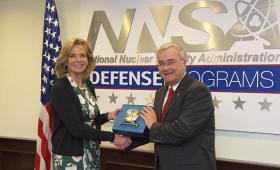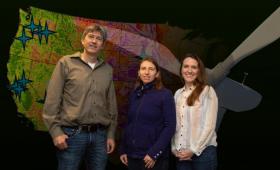Science and Technology
in the News
Science and Technology
in the News
News Center
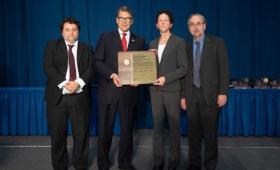
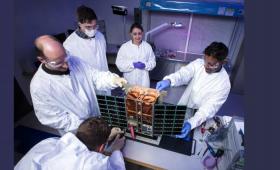
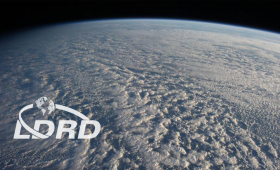

Navigational devices like the GPS system in your phone depend on gyroscopes to analyze the rotational motion of moving objects. Your phone contains a very sensitive gyroscope that determines how it moves along three axes of rotation.

The force of friction makes it possible for people to walk and cars to move, but it also causes our machines to wear down, and some of the energy we generate to be wasted as heat.

Life depends on motion over a wide range of scales, for example, the pulsing of blood through veins and arteries, the movement of people and vehicles from place to place, the migration of wildlife.

The velocity of objects often changes over time which we refer to as acceleration. Learn how to measure acceleration as you move your body and how to use your phone to determine the acceleration due to Earth’s gravitational
